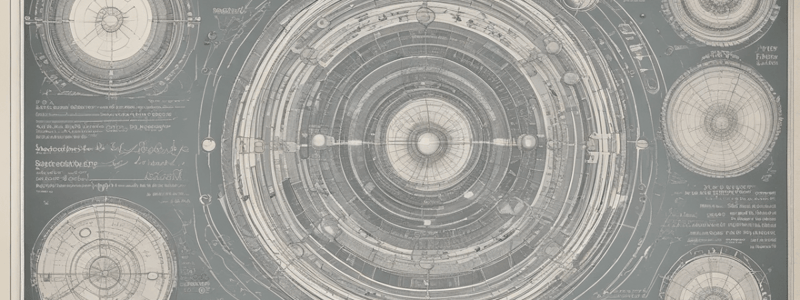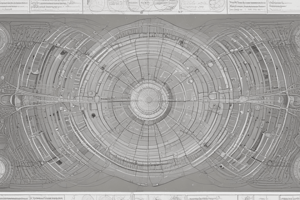Podcast
Questions and Answers
What is the primary goal of creating scientific drawings?
What is the primary goal of creating scientific drawings?
To make drawings as simple as possible but also as true to life as possible.
What type of writing tools should be used to make scientific drawings?
What type of writing tools should be used to make scientific drawings?
Pencils
How should smooth-edged specimens be drawn in scientific drawings?
How should smooth-edged specimens be drawn in scientific drawings?
With smooth, unbroken lines
What is the purpose of using stippling, streaking, and cross-hatching in scientific drawings?
What is the purpose of using stippling, streaking, and cross-hatching in scientific drawings?
What should be included when using symbols in scientific drawings?
What should be included when using symbols in scientific drawings?
Flashcards are hidden until you start studying
Study Notes
Scientific Drawing Guidelines
- Scientific drawings should be as simple as possible while still being true to life.
- Drawings must be done in pencil, with no colored pens or markers allowed.
- Essential materials needed include sharp pencils, a ruler, and a sharpener.
- Different pencil techniques are used to illustrate various natural objects.
Drawing Techniques
- Smooth-edged specimens (e.g., leaves) should be drawn using smooth, unbroken lines.
- Specimens with fuzzy edges (e.g., wool, cotton, or hair) should be drawn with fuzzy lines.
- Broken lines should be used to indicate the shape of underlying structures.
Shading Alternatives
- No shading is done in scientific drawings.
- Alternative techniques are used instead:
- Stippling (dotting)
- Streaking (lines in one direction)
- Cross-hatching (lines crossing each other)
Using Symbols
- Symbols can be used in scientific drawings if their meaning is clearly explained.
Studying That Suits You
Use AI to generate personalized quizzes and flashcards to suit your learning preferences.




